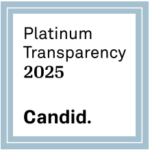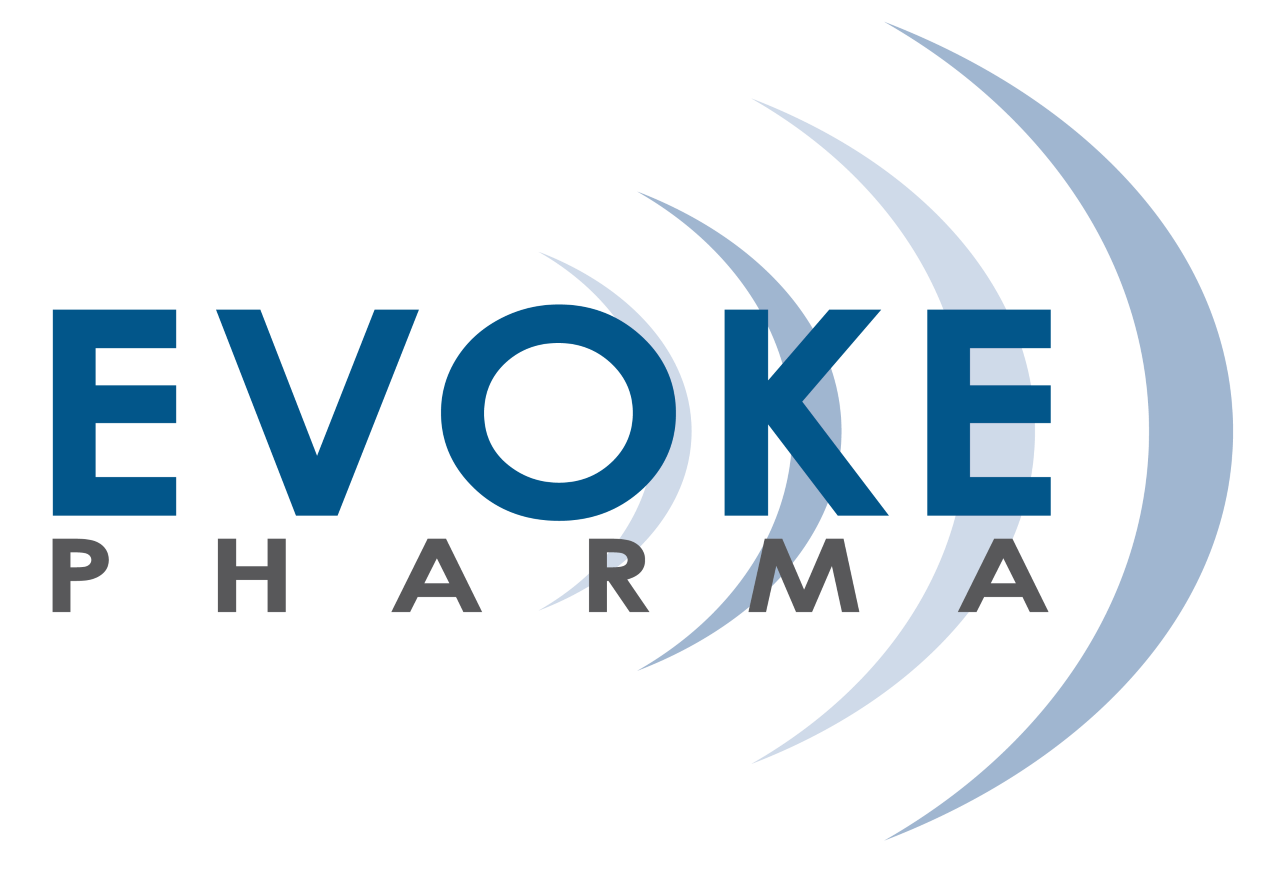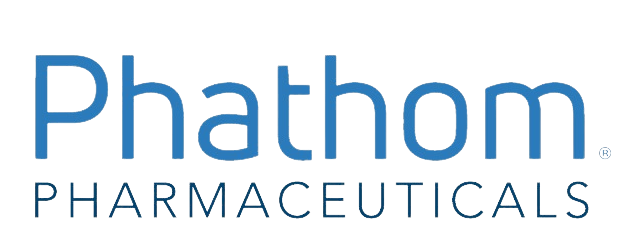Antacid preparations serve to neutralize gastric acid after it is secreted. These still-helpful agents have a continuing role in treating mild, occasional heartburn and supplementing prescription drugs in more severe disease. They are traditional, cheap, handy, and relatively safe – although they are not without risks and side effects can occur.
Heartburn in GERD
Heartburn is also a common symptom of GERD, or gastroesophageal reflux disease. GERD is a long-term condition. In GERD, heartburn or other symptoms are frequent and persistent. The principal approach to treatment of GERD is to reduce gastric acidity. There are powerful drugs used to reduce the secretion of acid, which include the histamine2 (H2) receptor antagonists, and the proton pump inhibitors, or PPIs.
What Are Antacids?
Antacids are the oldest effective medications for heartburn. Chalk (calcium carbonate) has been chewed for centuries to provide some relief and is still popular.
Most commercially available antacids are combinations of aluminum and magnesium hydroxide. Some effervescent antacids contain sodium bicarbonate, that old household remedy for tummy aches known as “baking soda.”
Some antacids are combined with an alginate [an insoluble substance that increases surface tension in liquid] to form a compound that floats on gastric fluids to protect the esophagus from acid exposure.
Antacid tablets are slow acting and have less neutralizing power than a liquid form of antacid. Tablets must be chewed, and may not interact well with gastric acid. For most, the convenience of tablets far outweighs these slight disadvantages.
Such a variety of commercial antacids occupy pharmacists’ shelves that this discussion will concentrate on their basic ingredients (See accompanying Table). Note that only a few commercial preparations are cited as examples.
Table: Basic Antacids
| Antacid | Formula(1) | Neutralizing
Power |
Unwanted Effects |
| Sodium Bicarbonate | NaHCO3 | low | Fluid retention, Alkalosis |
| Magnesium Hydroxide | Mg(OH)2 | high | Diarrhea, Magnesium toxicity |
| Aluminum Hydroxide | Al(OH)3 | modest | Constipation, Drug or phosphate binding (inhibits absorption) |
| Calcium Carbonate | CaCO3 | very high | Acid rebound |
(1) Al= aluminum; Mg = magnesium; Ca = calcium; Na = sodium
Antacid Components
Sodium bicarbonate [NaHCO3] – Sodium bicarbonate is a weak, short-acting antacid. While generally a safe household remedy, its high sodium content is a disadvantage.
Unlikely to be recommended by doctors, “bicarb” or “baking soda” is still a common component of many patent medicines. Bicarbonate has an effervescent property that explains the commercial survival of antacid/pain-killer combinations such as Alka-Seltzer™ and Bromo-Seltzer™. Bicarbonate reacts with stomach hydrochloric acid to release carbon dioxide gas (CO2) that is quickly absorbed, but sometimes elicits a satisfying belch.
An imbalance of the body’s normal pH level (systemic alkalosis) can result from overuse of bicarbonate. Those who require sodium restriction for high blood pressure or heart disease should avoid bicarbonate.
Magnesium Hydroxide [Mg(OH)2] – Magnesium hydroxide is best known as milk of magnesia. Like magnesium citrate or magnesium sulfate, it is an effective laxative. Were it not for its tendency to cause diarrhea, magnesium hydroxide would be the most ideal antacid. To counter the diarrhea effect, most manufacturers add aluminum hydroxide, which is constipating. The combination substantially raises the price, and the addition of the less-effective aluminum hydroxide reduces the antacid benefit.
Magnesium hydroxide is not absorbed by the intestine. However, its interaction with stomach acid produces magnesium chloride that can be absorbed. Magnesium has many functions in human cells, including the heart, and may have harmful effects if levels in the blood rise. This is not a problem for a person with healthy kidneys, but magnesium should be avoided if renal failure is present. Heartburn that occurs now and then is common. It’s brought on by backflow (reflux) of often acidic stomach contents into the food pipe (esophagus) and is usually felt as a burning sensation behind the breastbone.
Aluminum Hydroxide [Al(OH)3] – Compared to magnesium hydroxide, aluminum hydroxide is a weak, slow-acting antacid, and its acid-neutralizing effect varies among commercial products.
Aluminum may protect the stomach lining from the damaging effects of alcohol and other irritants. Aluminum hydroxide inactivates the gastric digestive enzyme pepsin. However, the principal reason for its inclusion in commercial antacid preparations is to counteract the diarrhea effect of magnesium.
Aluminum hydroxide has other uses. It binds phosphate in the gut lumen to produce insoluble aluminum phosphate, a feature that is useful in kidney failure when the serum phosphate is abnormally high. It is also useful for patients who tend to form phosphate-containing kidney stones. A very small amount of aluminum is absorbed, and brain damage might occur with its long-term use in the treatment of kidney failure.
Chronic, excessive use of aluminum hydroxide may deplete the body of phosphate, causing metabolic bone disease (e.g., osteoporosis, osteomalacia) and risking spontaneous fractures, especially in the malnourished. Aluminum hydroxide may alter the absorption of certain drugs [including some used to treat cardiac disease or high blood pressure] so they should not be taken simultaneously.
Calcium Carbonate [CaCO3] – Calcium Carbonate (chalk) is the most potent usable antacid. It can completely neutralize stomach acid. Nonetheless, it is not always the best choice for regular use.
- About one-third of the administered calcium is absorbed, and high blood calcium or calcium-containing kidney stones are slight risks.
- Phosphate bound by calcium in the gut or bone may deplete the serum phosphorus in some kidney failure patients.
- A systemic alkalosis from prolonged and aggressive use infrequently produces metabolic consequences. [Alkalosis is excess base (alkali) in the body fluids. This is the opposite of excess acid (acidosis).]
Another disadvantage of calcium carbonate may be the tendency for gastric acid secretion to rebound after calcium is given.
Popular calcium antacid tablets include Tums™ and Titralac™. The dose should not exceed 3 g per day.
Talk to Your Doctor
It is a good idea to think of any substance you take for a therapeutic affect as a medication. Tell your doctor about it.
This applies whether taking a prescription or over the counter drug, herb, or supplement. Remember, even “natural” supplements and herbs can interact with other substances or have unexpected and undesirable side effects.
We recommend consultation with a qualified health care professional familiar with your particular circumstances when trying any self-treatment for a chronic or persistent condition.
Additional Components
Peppermint flavoring – Peppermint is the most common antacid flavoring. By relaxing the lower esophageal sphincter to release gas, peppermint encourages the release of a belch after a meal, hence the popularity of after-dinner mints.
Antiflatulent – Simethicone is a surfactant, which presumably by breaking down bubbles within the gut renders gas available for absorption. Despite the lack of evidence of effectiveness, simethicone is included in some popular antacid preparations, thereby increasing their cost.
Alginic acid– Prepared from kelp (seaweed), alginate acts as a physical acid barrier for the esophagus in gastroesophageal reflux. It is not an antacid. When ingested, this tasteless and apparently harmless substance floats on gastric fluid to prevent the reflux of acid and pepsin into the esophagus. Preparations such as Gaviscon™ or Algicon™, combine alginate with antacids, and are popular heartburn remedies. There are no satisfactory clinical trials, but these preparations have little neutralizing power and are probably of little benefit in those reflux patients who have complicating esophagitis.
Commercial Antacids
Most commercial antacids contain two or more components. The most common combinations are varying concentrations of sodium hydroxide and aluminum hydroxide. Some widely advertised brands, those with additional components and those containing greater concentrations of the effective ingredients, tend to cost more. There are other antacids that sacrifice efficacy in the interests of taste and acceptability.
Space precludes detailed listing of all products. However, labeling is required, and armed with the above information, consumers should be able to select the product most suitable to their needs.
How to take Antacids
Most commercial antacids come with some instructions. It is important to heed the contraindications and not exceed the recommended daily dose.
The need for these antacids is highly individual and regular use should only be as directed by a physician. A common recommendation is to take the antacids after meals and at bedtime. In practice, most users learn to take the antacid when they have symptoms, e.g., heartburn. A useful technique is to anticipate the timing of symptoms, such as after spicy foods or at bedtime, and take the antacid before.
Summary and Conclusion
Antacids are useful to provide rapid relief of intermittent heartburn, particularly if brought on occasionally by foods or various activities. Antacids also seem to help many of those with bloating or functional (non-ulcer) dyspepsia. By reducing gastric acidity (raising the intragastric pH), antacids inactivate pepsin and relieve symptoms.
Over-the-counter preparations provide only temporary symptom relief. They do not prevent recurrence of symptoms or allow an injured esophagus to heal. They should not be taken regularly as a substitute for prescription medicines – they may be hiding a more serious condition.
If needed regularly for more than two weeks, consult a physician for a diagnosis and appropriate treatment.
Adapted from IFFGD Publication #520 by W. Grant Thompson, MD, FRCPC, Emeritus Professor of Medicine, University of Ottawa, Ontario, Canada.














